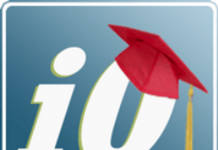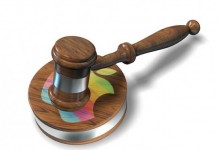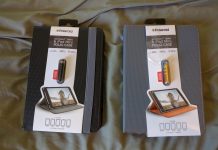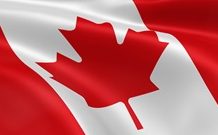Author and self-publishing savant Hugh Howey has just released via the AuthorEarnings website his new report on … well … author earnings, which moves data capture and overall insight into author sales figures and receipts in the digitally disrupted world of modern publishing up several leagues. As Howey describes it, “I received an email from an author with advanced coding skills who had created a software program that can crawl online bestseller lists and grab mountains of data. All of this data is public—it’s online for anyone to see—but until now it’s been extremely difficult to gather, aggregate, and organize. This program, however, is able to do in a day what would take hundreds of volunteers with web browsers and pencils a week to accomplish. The first run grabbed data on nearly 7,000 e-books from several bestselling genre categories on Amazon. Subsequent runs have looked at data for 50,000 titles across all genres.”
Hitherto, as Howey points out, since “distributors like Amazon and Barnes & Noble don’t share their e-book sales figures … we’re left with a game of connect-the-dots where only the prime numbers are revealed.” And now, instead of surveys with questionable methodologies and other fairly limited data dips, there is a huge aggregation of data to draw on – with some striking conclusions.
One key insight aggregates the genesis of bestsellers in Amazon’s top ebook genre categories (simply its most popular categories), Mystery/Thriller, Science Fiction/Fantasy, and Romance. Indie publishers produced 35 percent of the bestsellers, with lone self-published authors adding another 18 percent. Big Five publishers produced only 28 percent, with Amazon’s own publishing operation contributing another 4 percent.
Still want that Big Five deal, O Ye budding authors out there? As Howey so beautifully puts it, ” indie and small-publisher titles dominate the bestselling genres on Amazon. We can clearly see that the demand from readers for more of these works is not being fully met by traditional publishing.”
There’s also another little insight around the proportion of ebook sales to total sales – because, as Howey adds, “The experts? They have no idea. It’s not entirely their fault; it’s just that the data they’re working with is fundamentally flawed.” And it turns out that analyses up till now have massively underestimated the proportion of ebook sales to total book sales. “It turns out that 86 percent of the top 2,500 genre fiction bestsellers in the overall Amazon store are e-books,” Howey announces. “At the top of the charts, the dominance of e-books is even more extreme – 92 percent of the Top-100 best-selling books in these genres are e-books!”
And the small question of author earnings? “Indie authors are earning nearly half the total author revenue from genre fiction sales on Amazon,” states Howey, tracing this partly to one slight quirk of current sales patterns: “for Big-Five published works, the publisher makes more than twice what the author makes for the sale of an e-book. ”
I could go on. And on. There is masses more information in the full Report, with all the raw data available for free download from the AuthorEarnings website in the form of an Excel spreadsheet. There are many other topics mentioned that I haven’t even cited yet.
I’m sure that there will be many questions over the methodology of this Report in the coming weeks, and many criticisms of its conclusions, from the Big Five and elsewhere. But until either someone else does a better and more authoritative job, or comprehensively invalidates it, it’s the best we have to go on. And it could completely change the game plan for any working writers. All authors should study it. All publishers – but most of all the Big Five – will have to prepare an answer to it.

































